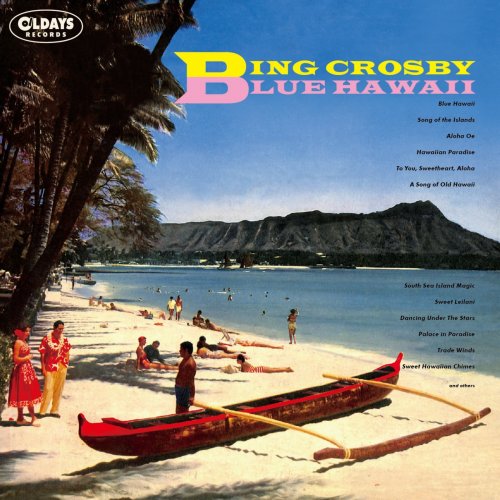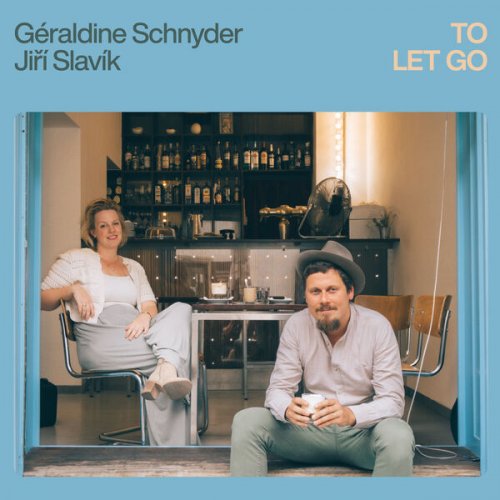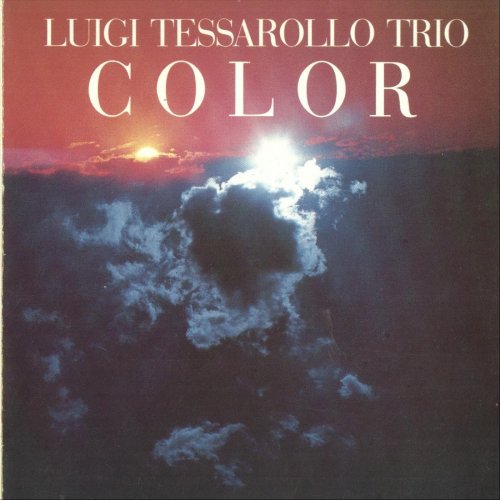Artist:
Vittorio Benaglia, Denitsa Laffchieva, Alexander Gordon, Pazardzhik Symphony Orchestra
Title:
Bruch, Hindemith, Rota: Music for Viola and Orchestra
Year Of Release:
2022
Label:
Da Vinci Classics
Genre:
Classical
Quality:
FLAC (tracks)
Total Time: 52:35
Total Size: 225 MB
WebSite:
Album Preview
Tracklist:01. Concerto in E Minor, Op. 88: I. Andante con moto (For Clarinet, Viola, and Orchestra)
02. Concerto in E Minor, Op. 88: II. Allegro moderato (For Clarinet, Viola, and Orchestra)
03. Concerto in E Minor, Op. 88: III. Allegro molto (For Clarinet, Viola, and Orchestra)
04. Romanze, Op. 85 (For Viola and Orchestra)
05. Kol Nidrei, Op. 47 (For Viola and Orchestra)
06. Trauermusik: I. Langsam (For Viola and String Orchestra)
07. Trauermusik: II. Ruhig Bewegt (For Viola and String Orchestra)
08. Trauermusik: III. Lebhaft (For Viola and String Orchestra)
09. Trauermusik: IV. Choral 'Fur Deinen Thron Tret Ich Hiermit'. Sehr Iangsam (For Viola and String Orchestra)
10. Intermezzo (For Viola and String Orchestra)
Particularly in the German-speaking lands, the movement now known as Romanticism found its most genuine expression in music. Indeed, philosophers such as Hegel or Schopenhauer (to say nothing of Nietzsche) found a special place for music within their systems of thought; writers such as Wackenroder were able to build their entire worldview on a kind of religion of music; and the ubiquity of music in the daily life, in the social rites, and in the spiritual perspective of the era promoted the centrality of music throughout that period. Music was thought to be perfectly suited for the elusive and yet powerful expression of the individual’s feelings, of the relationship between humankind, nature, and the supernatural, and for the outpourings of the Romantic spirit. Rooted within the movement which first shook the composed refinement of Classicism, i.e. the Sturm und Drang, Romanticism and musical Romanticism presented themselves in the guise of several successive waves, constantly acquiring new features, but also progressively losing other traits. What can be defined as the “long Romanticism” thus encompassed little less than two centuries, if one considers the earliest beginnings and the last reminiscences (indeed, some traces of a Romantic philosophy, of a Romantic attitude to music and of a post-Romantic musical language are still clearly found in today’s post-modern world). Yet, generally speaking, the “death” of Romanticism cannot be dated later than World War I. By that time, the tonal language in which the Romantics had found their ideal expression had already been deeply challenged: from within, as in the case of Wagner, a quintessential Romantic who effectively destroyed the bridge behind him; or from without, as in the case of the Impressionists. Still, if Wagner is the champion of the late-Romantic German opera, the purists of musical Romanticism (such as Hanslick) argued that the perfect embodiment of their musical ideal was found in instrumental music, and particularly in that by Johannes Brahms.
Brahms’ youthful works still represent the impassionate, fiery spirit of the early Romantics. His long life, and the long arch of his creative activity, however, marked the transition from Romanticism as elan and outbursts to Romanticism as nostalgia and regret; from the summer storms of the Romantic soul to the autumn colours of melancholy and resignation. It is not by chance that the masterpieces of Brahms’ late output display the composer’s increasing preference for instruments such as the clarinet and the viola. Symbolically, their timbre splendidly conveys the mixture of tenderness, singing tone, expressivity and contemplative meditation which so beautifully characterise Brahms’ late style. If Brahms’ late works opened the autumn of Romanticism, composers writing in the early decades of the twentieth century lived the fading of its last sunrays. Yet, as in Wagner’s Götterdämmerung, this dusk was tinged with gold. Among them was doubtlessly Max Bruch, whose personal life was in turn marked by tones of regret and melancholy, as he constantly found his talent misunderstood, his artistic value ignored, his personality forgotten. Being firmly anchored in the German Romantic tradition, Bruch found himself increasingly alienated from the surrounding culture and from the newest aesthetic and spiritual movements. So poignant was this feeling that, on the occasion of his seventieth birthday, he bluntly affirmed that he did not intend to write music anymore. To our great fortune, he was soon to take back his word, stimulated by the most powerful force available to human beings, i.e. love. In fact, it was out of love for his son, a professional clarinet player, that Bruch took the pen once more and started composing some of his great masterpieces. Max Felix Bruch, Max’s son, premiered his father’s Eight Pieces in 1909, and, in 1912, gave the first performance of the freshly composed Double Concerto, along with violist Willy Hess. The premiere took place in a very special context: “in front of all the admirals and captains in our Navy”, as the proud father related after the concert for the military which took place at the North Sea port of Wilhelmshaven. The clear model for Bruch’s Double Concerto is the eponymous work for violin and cello written by Brahms. Indeed, the opening of Bruch’s Concerto explicitly pays homage to Brahms’ model, and the seemingly improvisational character of the first movement clearly refers to the at times capricious style of Brahms’ rhapsodic lyricism. The central Intermezzo is a touching moment, whose character alluding to a serenade is intensified by the use of pizzicato in the accompanying strings, producing a sound somewhat reminiscent of a guitar. The closing Finale is a brilliant bravura piece, where the clarinet shows itself in very high spirits, whilst the viola is in charge of the most lyrical moments. The lyrical vein of the viola is also fully expressed in another of the late masterpieces written by Max Bruch, i.e. his highly expressive Romanze op. 85. The piece was dedicated to Maurice Vieux, who, at the time, was the solo violist at the Paris Opéra. However, it was actually premiered by the very same performer of the Double Concerto’s premiere, Willy Hess, who played it on April 25th, 1911, under the baton of Leo Schrattenbach and for a small audience of invited guests. Clearly, Bruch intended the viola as the instrumental equivalent for the human voice; this Romanze seems only to lack the lyrics, in comparison with an operatic scene, but it is as if their content could be guessed on the basis of the music itself. Sections marked by passion and having an intense, or even hectic affective content alternate with others characterised at times by dreamy colours, at times by a composed sadness. As happens with other works by Bruch, this piece exists in several versions: it is frequently performed in the version for viola and piano, but the composer himself adapted it for performance on the violin as well. A similar variety of destinations characterises the other piece by Bruch recorded in this Da Vinci Classics album. It is one of the composer’s most successful (and enduringly successful) works, Kol Nidrei. It was written by Bruch soon after taking the post of Principal Conductor of the Liverpool Philharmonic Orchestra. Its title, in the Aramaic language, refers to a liturgical song which is ritually sung by the Synagogue Cantor on the occasion of the Yom Kippur celebrations. Yom Kippur is the feast of the atonement, where the people’s sins are remembered and put in the presence of God in order to be purified by Him. If, therefore, the traditional intonations of the synagogal chants might sound melancholic to Western ears even when they have a rather neutral affective content, in this case the profoundly touching melos of this music fully corresponds to its intended effect. Bruch entrusted the task of “singing” the synagogal melody originally to the cello, which therefore takes the role of the synagogue leader, and introduces the orchestra into a deeply expressive world. The piece alternates between the major and minor mode, wavering between elegiac moods and singing openness. The work was written in 1880 and published the year after; the soloist at the Liverpool premiere was also its dedicatee, i.e. cellist Robert Hausmann who, in subsequent years, was also to premiere Brahms’ Double Concerto, along with Joseph Joachim to whom Bruch dedicated his own Violin concerto no. 1, which remains hitherto the most frequently performed of Bruch’s works. Along with the “Kol Nidrei” theme, the other main theme of the piece comes from a Jewish version of a psalm-paraphrase by Lord Byron excerpted from his Hebrew Melodies. Neither Byron nor Bruch were Jews, but, as happened with other cultivated protagonists of the era, they were deeply impressed by the Jewish tradition. Another facet of the dusk of German Romanticism is represented by Paul Hindemith, whose language is more forward-looking and less freely expressive than Bruch’s, but still retains the clear imprint of the Romantic era. If Bruch had been moved to write for the clarinet by his son’s performances, Hindemith was interested in the viola mainly because he was an accomplished viola player himself. Similar to Kol Nidrei, which had been commissioned to Bruch by the Liverpool Jewish community, also Hindemith’s Trauermusik is the result of a British commission, and its story verges on the miraculous. The piece was written, rehearsed and premiered within one single day, the day following the death of King George V in 1936. Hindemith was in the UK for a series of concerts, which were annulled at the last minute due to the national mourning for the King’s passing. Thus, Hindemith was asked by the BBC to compose a piece for that occasion: its four movements were written in the morning and early afternoon, and by the day’s evening the work was performed at the radio, with Hindemith playing the viola and Adrian Boult conducting the orchestra. This Da Vinci Classics album also includes the famous and beautiful Intermezzo by Nino Rota, in an orchestrated version. Rota, in turn, had something of the Romantics, particularly as concerns his belief in the communicative dimension of music, and notwithstanding the more ironic and detached style of much of his music. This Intermezzo beautifully closes our itinerary thanks to the variety of its moods and sounds, and to the refined writing of this short miniature. Together, these works bear an eloquent witness to the expressive power of the viola and of the clarinet, and to their capability to convey to today’s listeners the splendours of the fading Romanticism.
Chiara Bertoglio © 2022
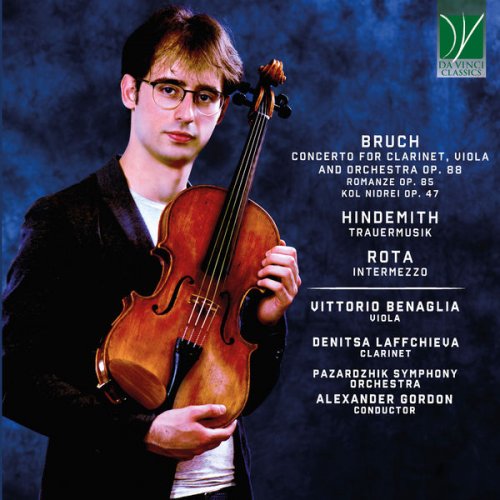

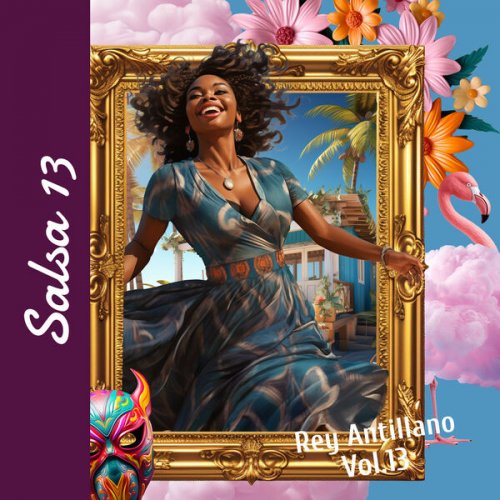


![Sam Dillon, Andrew Gould - Trade Off (2025) [Hi-Res] Sam Dillon, Andrew Gould - Trade Off (2025) [Hi-Res]](https://www.dibpic.com/uploads/posts/2025-12/1765497612_e7q3c9soiingb_600.jpg)
